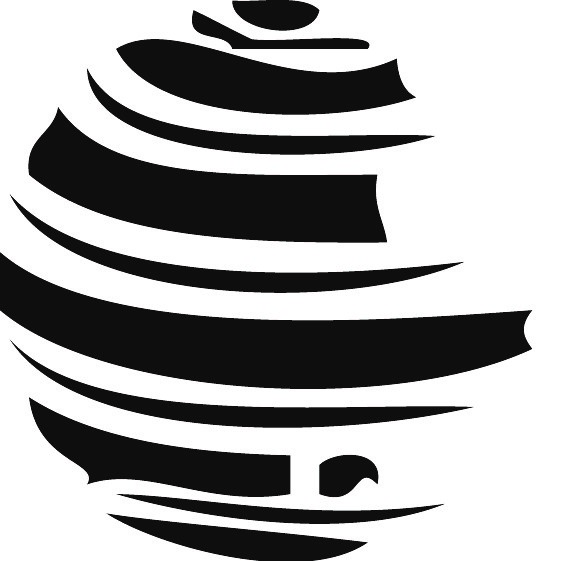- Home
- 61 (2013/2) - Varia
- Rainfall retrieval using spinning enhanced visible and infrared imager (SEVIRI-MSG) and cloud physical properties (CPP) algorithm: validation over Belgium and applications
View(s): 788 (22 ULiège)
Download(s): 159 (1 ULiège)
Rainfall retrieval using spinning enhanced visible and infrared imager (SEVIRI-MSG) and cloud physical properties (CPP) algorithm: validation over Belgium and applications

Attached document(s)
original pdf fileRésumé
Les précipitations jouent un rôle déterminant dans le cycle de l’eau et pour la disponibilité de cette ressource. Malgré différentes méthodes développées, les mesures restent insuffisantes pour quantifier les changements en cours ainsi que pour la validation des modèles numériques. Récemment, Roebeling & Holleman (2009) ont présenté l’algorithme Cloud Physical Properties (CPP) qui utilise les données de l’instrument SEVIRI à bord de Météosat Seconde Génération pour l’estimation des précipitations. Dans cet article, les auteurs ont validés l’algorithme grâce à une comparaison de données acquises durant deux mois en période estivale avec les données du réseau de radars météorologiques des Pays-Bas. L’étude présentée ici étend les validations précédentes afin de vérifier les performances de l'algorithme au cours des cycles journaliers et saisonniers et permet d'identifier les limitations et applications possibles de la méthode. Un set de sept ans de données sur les nuages et les précipitations a donc ainsi été créé pour l’Europe de l’Ouest. Une comparaison avec les données du réseau belge de radars météorologiques a ensuite été effectuée. Les résultats sont encourageants à la fois pour la délimitation des zones de pluie ainsi que pour l’estimation des taux de précipitations. Cependant, ces derniers sont largement affectés par la valeur de l'angle solaire zénithal. Une surestimation significative apparaît dès que celui-ci devient supérieur à 60°. Par ailleurs, des erreurs systématiques apparaissent également pour les nuages très épais entrainant une surestimation des évènements extrêmes de précipitation.
Abstract
Precipitation is the main variable of the water cycle and a driving factor of the water resources availability. However, direct precipitation measurements are still too scarce to quantify the ongoing changes and to provide data for numerical models validation. Recently, Roebeling & Holleman (2009) have presented the Cloud Physical Properties (CPP) algorithm which is based on the solar channel from the SEVIRI instrument on board of the Meteosat Second Generation satellite. In this work, the authors have validated the algorithm over the Netherlands thanks to a 2-month comparison with weather radar data in summertime. The goal of the present study is to extend previous validations of the CPP and verify the algorithm performances throughout yearly and daily cycles over Belgium with the aim of identifying possible uses and applications as model validation. To do so, a seven-years data set of clouds and precipitation data over Western Europe has been generated using the CPP algorithm and analyzed. A comparison with weather radar data from the Belgian network has been performed. Results are encouraging for both precipitation areas delimitation and rain rates assessment. However, the rain rate estimation appears to be affected by the sun zenith angle with signifcant overestimation when this angle exceeds 60°. Systematic errors also affect the retrieval of cloud properties for thick clouds which leads to an overestimation of extreme precipitation events.
To cite this article
About: Julien BEAUMET
Université de Liège
Unité de Topoclimatologie et Climatologie
Sart-Tilman, Bât. B11, B-4000 Liège
julien.beaumet@ulg.ac.be
About: Nicolas CLERBAUX
Royal Meteorological Institute of Belgium
Section Remote Sensing from Space
Avenue Circulaire 3
B-1180 Bruxelles
Nicolas.Clerbaux@oma.be
About: Xavier FETTWEIS
Université de Liège
Unité de Topoclimatologie et Climatologie
Sart-Tilman, Bât. B11, B-4000 Liège
Xavier.Fettweis@ulg.ac.be
About: Michel ERPICUM
Université de Liège
Unité de Topoclimatologie et Climatologie
Sart-Tilman, Bât. B11, B-4000 Liège
michel.erpicum@ulg.ac.be






